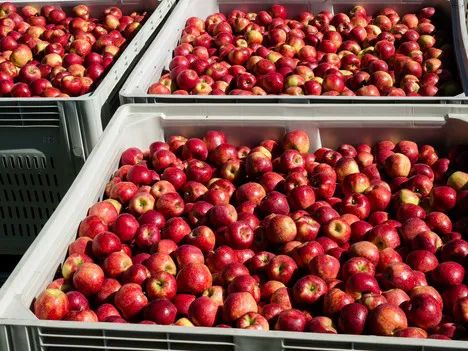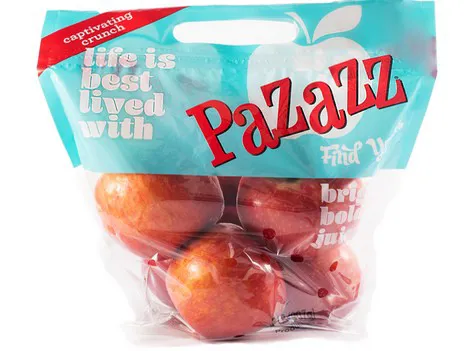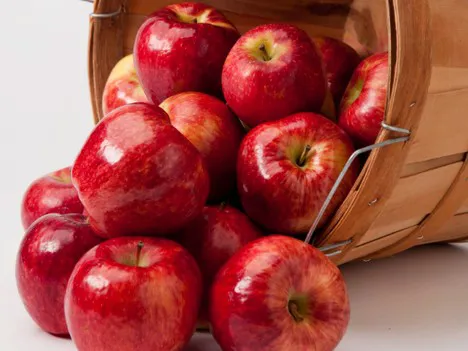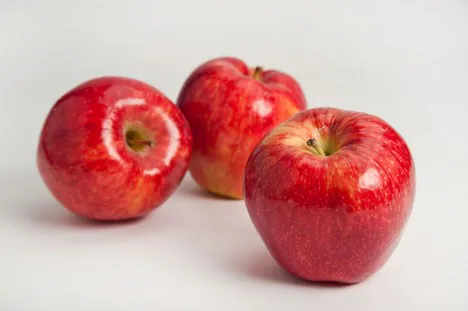The Pazazz apple variety is hitting the markets in strong volumes in January for its third commercial year. Don Roper, the Vice President of Sales and Marketing for Honeybear says: “The Pazazz has been in the making for the past 14 years and we have been seeing strong commercial volumes for the past three to four years now. We had some key retail sales running around Thanksgiving last month, and this month for Christmas, but this variety really shines in the winter, spring, and summer months.”

Good storage apple
The Pazazz is an open-pollinated Honeycrisp cross with a complex flavor profile that is a balance between tart and sweet. Roper explains that this variety is a very strong storage apple. “The Pazazz is harvested in October, and we don’t market it right away but rather put it into storage. This is because it is a high starch variety, which means that while the apples are in storage the starches keep the apples crunchy with a strong and defined flavor profile when they are taken out in the late winter through early summer months.”
Since the Pazazz stores really well, it’s time to shine is when other, less-storable varieties have run their course. Roper says: “After New Year’s, in January and February, is when this variety will really stand out from other varieties because it will have held on to its flavor, texture and crunch.”

Chilean crop coming soon
Currently, the Pazazz is grown in North America only. Roper explains: “We grow this variety in a few regions. It is grown in Washington, in the Midwest, on the East Coast – mainly New York – and some in Nova Scotia as well. What’s great about this is that we are able to offer this variety as a locally grown variety in many regions throughout the country, which is something that consumers really appreciate.”
The company is developing orchards in Chile and looking forward to introducing dual-hemisphere programs for the variety. “While the Pazazz has the capability of being stored for 12 months, it is not something we strive for. Our domestic volumes will sell out by July or August this year, and if you try to push the apple to later months there will always be fresher apples on the market, which will make it difficult to compete. That is why we want to work with the dual hemispheres – so that we can offer great tasting fresh product year-round. We’ll have our first crop out of Chile next year,” Roper shares.
He continues: “The Pazazz Washington crop is currently in a transition from conventional to organic and in about two years we will have an organic offering of this variety too. The Chilean crop can be grown both conventionally and organically as well, so we are happy we’ll be able to offer these options to the costumers.”

Exporting possibilities on the horizon
The Pazazz is currently distributed throughout North America, but Honeybear is looking toward exporting the variety in the future. “Europe could be a key market for this variety. We believe that the flavor profile would fit really well with the demand coming from the European consumer. Asia is also on our radars for exporting possibilities. Generally, the demand coming from Asia centers around sweet varieties and we believe that the Pazazz could offer a unique eating experience for these consumers,” Roper says.
He concludes: “The Pazazz has a complex flavor profile which is like a pair between the highly tart and the highly sweet varieties. It is sweet with a bit of a tang to it, and this allows us to have a unique position among all the new varieties that have been appearing on the market in the past few years.”

For more information: 
Denise Leach
Tel: +1 (919) 610-1916
[email protected]
www.pazazzapple.com










